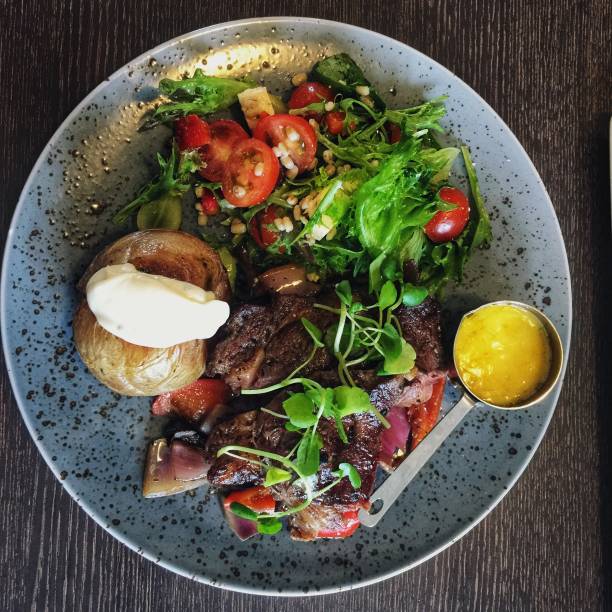What is Icelandic cuisine?
Icelandic cuisine is a combination of traditional Nordic and modern European influences. It is heavily influenced by Iceland’s unique environment, which includes a cold climate and limited natural resources. Icelandic cuisine is characterized by its emphasis on fresh, locally sourced ingredients, particularly seafood, lamb, and dairy products. Traditional cooking methods such as smoking, salting, and drying are still widely used in Icelandic cuisine.
Scandinavian influences in Icelandic culture
Iceland has strong cultural ties to Scandinavia, particularly Norway and Denmark. These ties date back to the Viking Age when Iceland was settled by Norsemen from Norway. Over time, Iceland developed its own unique culture, but it still shares many similarities with its Scandinavian neighbors. Icelandic culture is heavily influenced by Scandinavian culture, particularly in areas such as language, literature, music, and art.
Similarities between Icelandic and Scandinavian cuisine
Icelandic cuisine has many similarities with Scandinavian cuisine, particularly the cuisine of Norway and Denmark. These similarities include an emphasis on fresh seafood, lamb, and dairy products, as well as the use of traditional cooking methods such as smoking, salting, and drying. Both Icelandic and Scandinavian cuisine also make use of herbs and spices such as dill, caraway, and juniper.
Traditional Icelandic dishes with Scandinavian roots
Many traditional Icelandic dishes have their roots in Scandinavian cuisine. For example, hákarl, a fermented shark dish, is similar to the Swedish delicacy surströmming. Other traditional Icelandic dishes with Scandinavian roots include gravlax, a cured salmon dish, and rúgbrauð, a dense rye bread that is similar to Danish rugbrød.
Modern Icelandic cuisine with Scandinavian influences
In recent years, Icelandic cuisine has undergone a revival, with a new generation of chefs putting a modern twist on traditional dishes. Many of these modern Icelandic dishes have Scandinavian influences, such as the use of Nordic ingredients like lingonberries and sea buckthorn. Some popular modern Icelandic dishes with Scandinavian influences include skyr-based desserts, smoked lamb dishes, and seafood plates with Nordic-inspired sauces.
Conclusion: The role of Scandinavian influences in Icelandic cuisine
Scandinavian influences are clearly visible in Icelandic cuisine, both in traditional dishes and modern cuisine. The shared history and cultural ties between Iceland and Scandinavia have created a strong culinary tradition that emphasizes fresh, local ingredients and traditional cooking methods. As Icelandic cuisine continues to evolve, it is likely that Scandinavian influences will continue to play a significant role.

